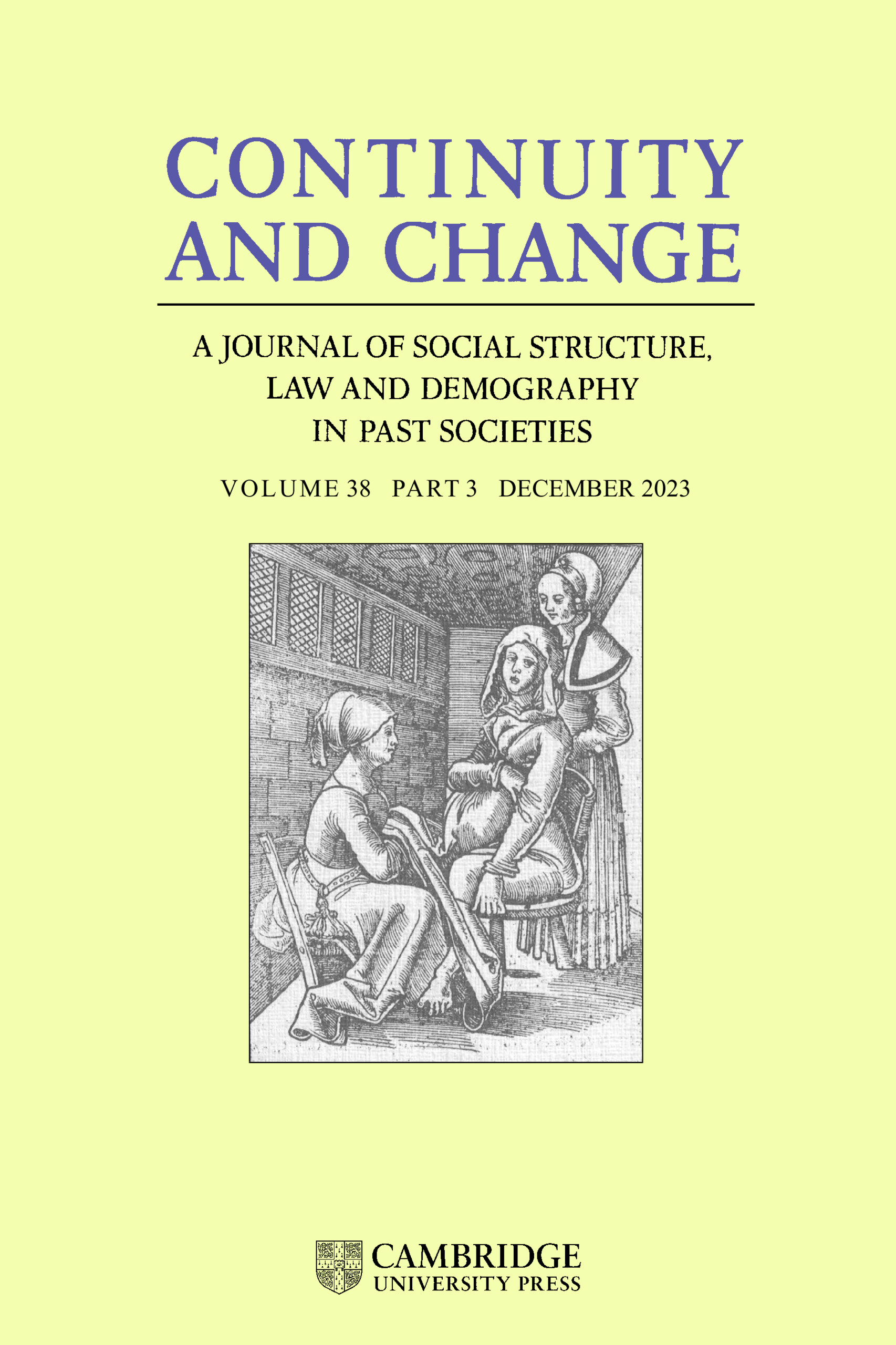Plague of Justinian
From Wikipedia, the free encyclopedia
This article concerns the worldwide pandemic starting in 541, with a focus on material available from European records and accounts. For detailed information on the most commonly accepted cause of the disease, see bubonic plague.
The Plague of Justinian (541?542) is the first known pandemic on record, and it also marks the first firmly recorded pattern of bubonic plague. It is comparable to the Black Death of the 14th century. In the context of the 6th century, it was nearly world-wide in scope, striking central and south Asia, North Africa and Arabia, and Europe as far north as Denmark and west to Ireland. The plague would return with each generation throughout the Mediterranean basin until about 750. The plague would have a major impact on the future course of European history. Modern historians named it after Eastern Roman Emperor Justinian I, who was in power at the time.
The outbreak may have originated in Ethiopia or Egypt and moved northward until it reached the large city of Constantinople. The city imported massive amounts of grain to feed its citizens?mostly from Egypt?and grain ships may have been the original source of contagion, with the massive public granaries nurturing the rat and flea population.
The Byzantine historian Procopius records that, at its peak, the plague was killing 10,000 people in Constantinople every day, although the accuracy of this figure is in question and the true number will probably never be known for sure; what is known is that there was no room to bury the dead, and bodies were being left stacked in the open. The Byzantine Emperor Justinian I ensured that new legislation was swiftly enacted so as to deal more efficiently with the glut of inheritance suits being brought as a result of the plague deaths (Moorhead, J., 1994).
Justinian had expended huge amounts of money for wars against the Vandals in the Carthage region and the Ostrogoth Kingdom of Italy. He had also dedicated significant funds to the construction of great churches like the Hagia Sophia. Coming in the middle of these great expenditures, the plague's effects on tax revenue were disastrous. As the plague spread to port cities around the Mediterranean, it gave the struggling Goths new opportunities in their conflict with Constantinople. The plague weakened the Byzantine Empire at the critical point when Justinian's armies had nearly wholly invested Italy and could have credibly reformed a Western Roman Empire. It also may have helped to set up the success of the Arabs a few generations later. The long term effects on European and Christian history were enormous. As it was, the gamble Justinian took backfired and the overextended troops could not hold on. Italy was decimated by war and fragmented for centuries as the Lombard tribes invaded the north.
Ancient historians did not hold to modern standards of fact-checking or numerical accuracy. The actual number of deaths will always be uncertain. Modern scholars believe that the plague killed up to 5,000 people per day in Constantinople at the peak of the pandemic. It ultimately killed perhaps 40 percent of the city's inhabitants. The initial plague went on to destroy up to a quarter of the human population of the eastern Mediterranean. New, frequent waves of the plague continued to strike throughout the 6th, 7th and 8th centuries, often more localized and less virulent. A maximum figure of 25 million dead for the Plague of Justinian is considered a fairly reasonable estimate. Some such as Josiah C. Russell (1958) has suggested a total European population loss of 50 to 60 percent between 541 and 700.
After around 750, major epidemic diseases would not appear again in Europe until the Black Death of the 14th century.







Comment